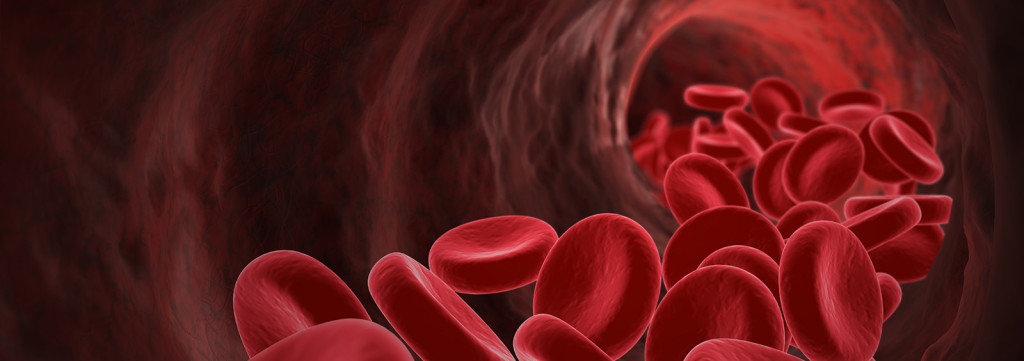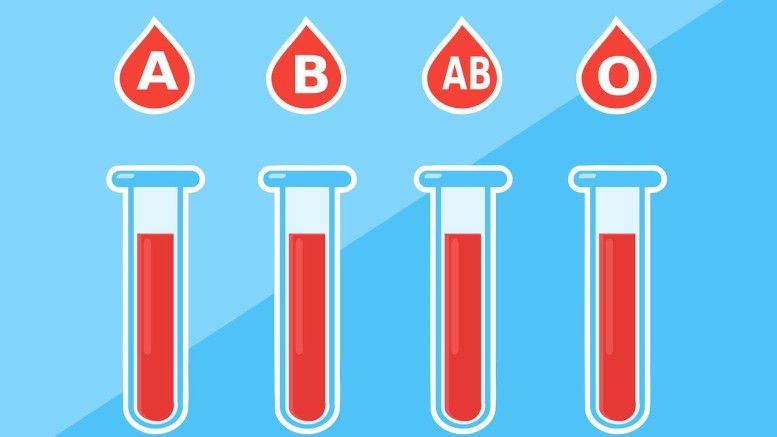Platelet-Rich Plasma (PRP) therapy has gained significant popularity in regenerative medicine due to its potential to accelerate healing and tissue regeneration. PRP kits play a crucial role in the preparation and application of PRP. Ensuring the safety and quality control of these kits is paramount to achieving consistent and efficacious results. This article explores the importance of PRP kit safety and quality control measures in maintaining efficacy and standardization.
Understanding PRP Kits and their Components
PRP Kit Overview
Definition and Purpose
PRP (Platelet-Rich Plasma) kits are medical devices used in PRP therapy, a regenerative treatment that harnesses the healing potential of platelets found in the patient’s own blood. The purpose of PRP kits is to efficiently collect, process, and prepare the patient’s blood to obtain a concentrated solution of platelet-rich plasma.
Components: Tubes, Centrifuge, Activation Agent, etc.
- Collection Tubes: PRP kits typically include specially designed tubes that are used to draw the patient’s blood. These tubes are often made of sterile materials and contain anticoagulants to prevent blood clotting during the collection process.
- Centrifuge: A centrifuge is an integral part of the PRP kit, as it is responsible for separating the different components of the blood. By spinning the blood at high speeds, the centrifuge enables the separation of red blood cells, platelet-poor plasma, and platelet-rich plasma.
- Activation Agent: PRP kits may also include an activation agent, such as calcium chloride or thrombin, which triggers the release of growth factors from the platelets. This activation step enhances the regenerative properties of the platelet-rich plasma.
Safety Considerations in PRP Kits
A. Sterility Assurance
Importance of Sterile Components
Sterility is a critical consideration when it comes to PRP (Platelet-Rich Plasma) kits. PRP therapy involves the use of a patient’s own blood, which is processed to extract a concentrated solution of platelets and growth factors. The goal is to promote tissue regeneration and accelerate healing in various medical and aesthetic procedures. To ensure the effectiveness and safety of PRP treatment, it is essential to maintain sterility throughout the process.
Sterile components play a crucial role in preventing the introduction of harmful microorganisms that can cause infections. When PRP kits contain sterile components, it reduces the risk of contamination during the collection, processing, and administration of PRP. Sterility assurance protocols, such as sterilization techniques and sterile packaging, help maintain a controlled and safe environment for PRP therapy.
The packaging and sealing integrity of PRP kits are paramount for maintaining sterility. Proper packaging should provide a protective barrier that prevents the entry of microorganisms, such as bacteria or fungi, into the kit. The materials used for packaging should be impermeable to these microorganisms and should not compromise the sterility of the components.
Risks of Contamination and Infection
Contamination and infection pose significant risks in PRP therapy. If the PRP kit or its components are not sterile or if the sterility is compromised during any stage of the process, it can lead to severe complications. Contaminants introduced into the PRP solution can cause localized or systemic infections, potentially resulting in prolonged healing, tissue damage, or other adverse reactions.
The risk of contamination and infection emphasizes the importance of following strict aseptic techniques during the preparation and administration of PRP. Healthcare professionals should be trained in maintaining sterility, handling PRP kits appropriately, and adhering to infection control measures to minimize these risks.
B. Biocompatibility and Non-Toxicity
Materials Used in PRP Kits
PRP kits are typically composed of various materials, including collection tubes, centrifuge tubes, filters, and syringes. It is crucial to consider the biocompatibility and non-toxicity of these materials to ensure patient safety. The materials should not interact with the PRP solution or the patient’s blood in a way that compromises the therapeutic properties of the PRP or causes any adverse reactions.
Common materials used in PRP kits include medical-grade plastics, such as polypropylene or polycarbonate, and silicone-based gaskets or seals. These materials have a history of safe use in medical applications. However, it is essential for manufacturers to conduct thorough testing and evaluations to confirm the biocompatibility and non-toxicity of the materials specifically for PRP use.

Evaluating Material Safety and Compatibility
When developing PRP kits, manufacturers must evaluate the safety and compatibility of the materials used. This involves conducting rigorous testing and assessments to ensure that the materials do not leach harmful substances into the PRP solution or cause any adverse reactions when in contact with the patient’s blood.
Testing methods may include biocompatibility testing, cytotoxicity testing, and chemical compatibility testing. These evaluations help identify any potential risks associated with the materials and allow manufacturers to make informed decisions about the selection and composition of the PRP kit components.
Healthcare professionals should also consider patient-specific factors such as allergies or sensitivities when evaluating the compatibility of PRP kit materials. It is important to review the manufacturer’s information and instructions for use to ensure that the PRP kit is suitable for the patient and that any potential risks are minimized.
By prioritizing sterility assurance and considering the biocompatibility and non-toxicity of PRP kit materials, healthcare professionals can mitigate risks and promote the safe and effective use of PRP therapy in various medical and aesthetic procedures.
Quality Control Measures in PRP Kits
A. Manufacturing Processes
Good Manufacturing Practices (GMP)
The manufacturing of PRP kits follows strict adherence to Good Manufacturing Practices (GMP). GMP is a set of guidelines and regulations that ensure the quality, safety, and consistency of medical products. PRP kit manufacturers implement GMP to maintain high standards throughout the manufacturing process. This includes stringent protocols for facility cleanliness, equipment calibration, and staff training.
Stringent Quality Assurance Protocols
PRP kit manufacturers implement stringent quality assurance protocols to guarantee the safety and efficacy of their products. These protocols involve multiple stages of quality control checks and rigorous testing at various steps of the manufacturing process. The aim is to identify any deviations or potential issues early on and take corrective actions to maintain the highest quality standards.
B. Batch-to-Batch Consistency
Quality Assurance Testing
To ensure batch-to-batch consistency, PRP kit manufacturers conduct comprehensive quality assurance testing. This involves testing the raw materials, such as anticoagulants and separation gels, to ensure they meet the required specifications. Additionally, each batch of finished PRP kits undergoes thorough testing to assess the platelet concentration, sterility, and absence of contaminants.
Ensuring Uniform Platelet Concentration
Maintaining a uniform platelet concentration is crucial for the effectiveness of PRP treatment. PRP kit manufacturers employ several measures to ensure consistent platelet concentration across batches. This includes precise calibration of centrifugation parameters, such as speed, time, and temperature, to optimize platelet separation. Additionally, the use of standardized protocols and validated manufacturing processes helps achieve reliable and consistent platelet concentrations in PRP kits.
Leading Example in PRP Kit Safety and Quality Control
Selphyl is a groundbreaking PRP (Platelet-Rich Plasma) system that has gained recognition as a leading example in PRP kit safety and quality control. Developed by medical professionals and researchers, Selphyl offers a cutting-edge approach to harnessing the regenerative properties of platelets in a safe and controlled manner.
PRFM Technology
At the heart of Selphyl is its innovative Platelet-Rich Fibrin Matrix (PRFM) technology. PRFM is a sophisticated process that utilizes the patient’s own blood to extract and concentrate platelets and bioactive proteins. The result is a highly potent platelet concentrate that can be used for various therapeutic and aesthetic purposes.
The Role of PRP Kit Safety and Quality Control in Efficacy and Standardization
A. Impact on Patient Safety
Minimizing Risks of Infection and Adverse Reactions
The safety and quality control measures implemented in PRP kits play a crucial role in ensuring patient safety during PRP therapy. By using sterile and single-use components, PRP kits help minimize the risk of infections associated with the procedure. The aseptic processing techniques employed in the manufacturing of these kits ensure that the platelet-rich plasma is free from contaminants, reducing the chances of adverse reactions.
Enhancing Treatment Safety and Outcomes
PRP kits that adhere to strict safety and quality control standards help enhance the overall safety of PRP therapy. These kits provide standardized protocols and materials, ensuring consistency in the preparation process. By following standardized procedures, healthcare providers can minimize errors and achieve more predictable treatment outcomes, ultimately improving patient safety.
B. Consistency and Reproducibility of Results
Maintaining Platelet Concentration Standards
PRP kits with robust quality control mechanisms play a vital role in maintaining the desired platelet concentration standards. These kits often include precise separation and concentration technologies that ensure consistent platelet yields. By maintaining accurate platelet concentrations, healthcare providers can achieve more reliable and reproducible results across different PRP therapy sessions, promoting standardization and efficacy.
Eliminating Variability in PRP Preparation
The quality control measures integrated into PRP kits help eliminate variability in the preparation process. Standardized protocols, including centrifugation speeds, durations, and specific reagents, ensure that each PRP sample is prepared consistently. This consistency reduces the potential for variations in platelet concentration and growth factor content, leading to more reliable treatment outcomes and improved standardization of PRP therapy.
C. Trust and Confidence in PRP Therapy
Healthcare Provider and Patient Assurance
PRP kits that prioritize safety and quality control instill confidence in both healthcare providers and patients. By utilizing PRP kits with robust safety features and stringent quality control processes, healthcare providers can assure patients that they are receiving a treatment that meets the highest standards of safety and efficacy. This assurance builds trust between healthcare providers and patients, enhancing the overall patient experience and satisfaction.
Reputation and Credibility of PRP Treatment
The safety and quality control measures associated with PRP kits contribute significantly to the reputation and credibility of PRP therapy. When healthcare providers consistently achieve positive treatment outcomes using standardized PRP kits, it enhances the overall credibility of the therapy within the medical community. As a result, patients are more likely to view PRP treatment as a reliable and reputable option, increasing the acceptance and adoption of PRP therapy in clinical practice.
Conclusion
PRP kits play a vital role in ensuring the safety, efficacy, and standardization of PRP therapy. Robust safety measures and stringent quality control protocols are essential to maintain patient safety, eliminate contamination risks, and achieve consistent results. Selphyl serves as an excellent example, incorporating advanced safety measures, adhering to quality control standards, and providing clinical evidence of its efficacy. By prioritizing PRP kit safety and quality control, healthcare providers can enhance patient outcomes, build trust, and promote the wider adoption of PRP therapy in regenerative medicine.
